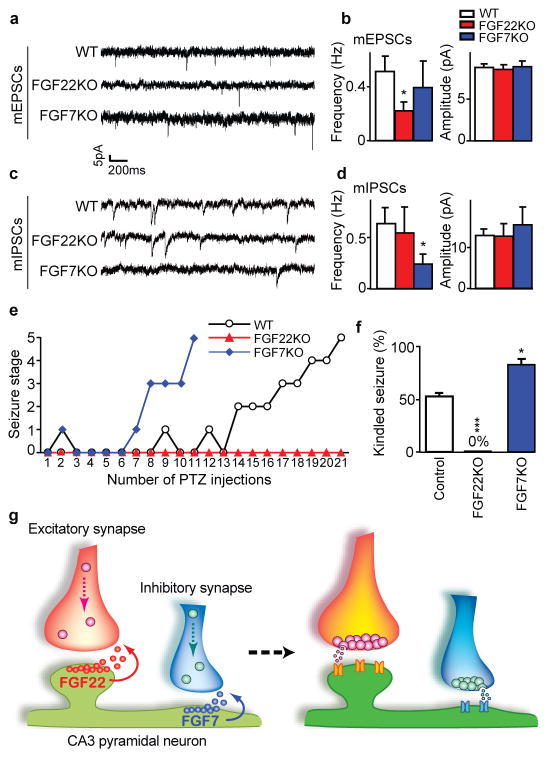Figure 4. Altered synaptic transmission and seizure susceptibility in FGFKO mice, and a model for the role of FGF22 and FGF7 in specific presynaptic differentiation.
a–d, Representative whole-cell recordings of mEPSCs (a) and mIPSCs (c) from WT and FGFKO hippocampal neurons; frequency and amplitude of mEPSCs (b) and mIPSCs (d) in the indicated groups (18–24 neurons/group). e, Representative time-course of seizure development during kindling experiments. f, Percentage of mice kindled when about half of the control mice are kindled (~21 PTZ injections) from four independent experiments (4–6 mice/experiment). Error bars are s.e.m. Significant difference from control at *P < 0.05 and ***P < 0.001, ANOVA followed by Tukey test. g, Summary model. FGF22 and FGF7 from CA3 pyramidal neurons promote the differentiation of excitatory and inhibitory presynaptic terminals, respectively. FGF22 and FGF7 are localized at corresponding synapses and activate differential signaling pathways for specific presynaptic differentiation.

